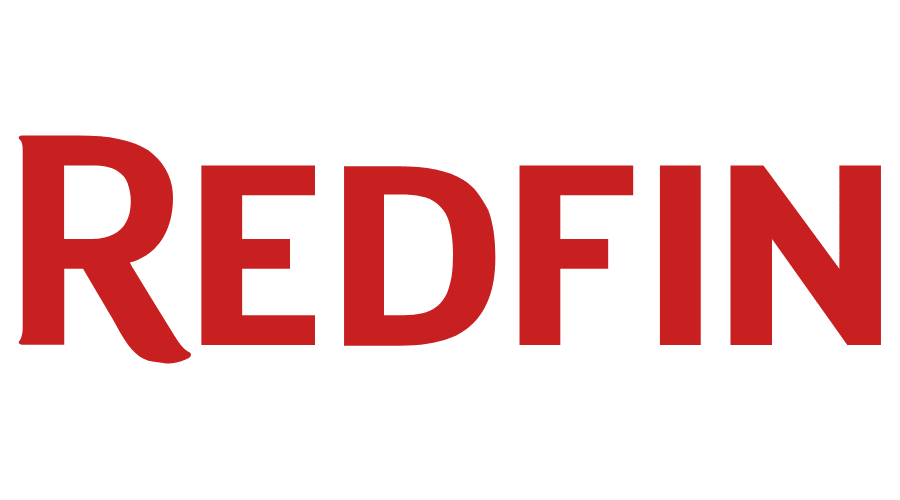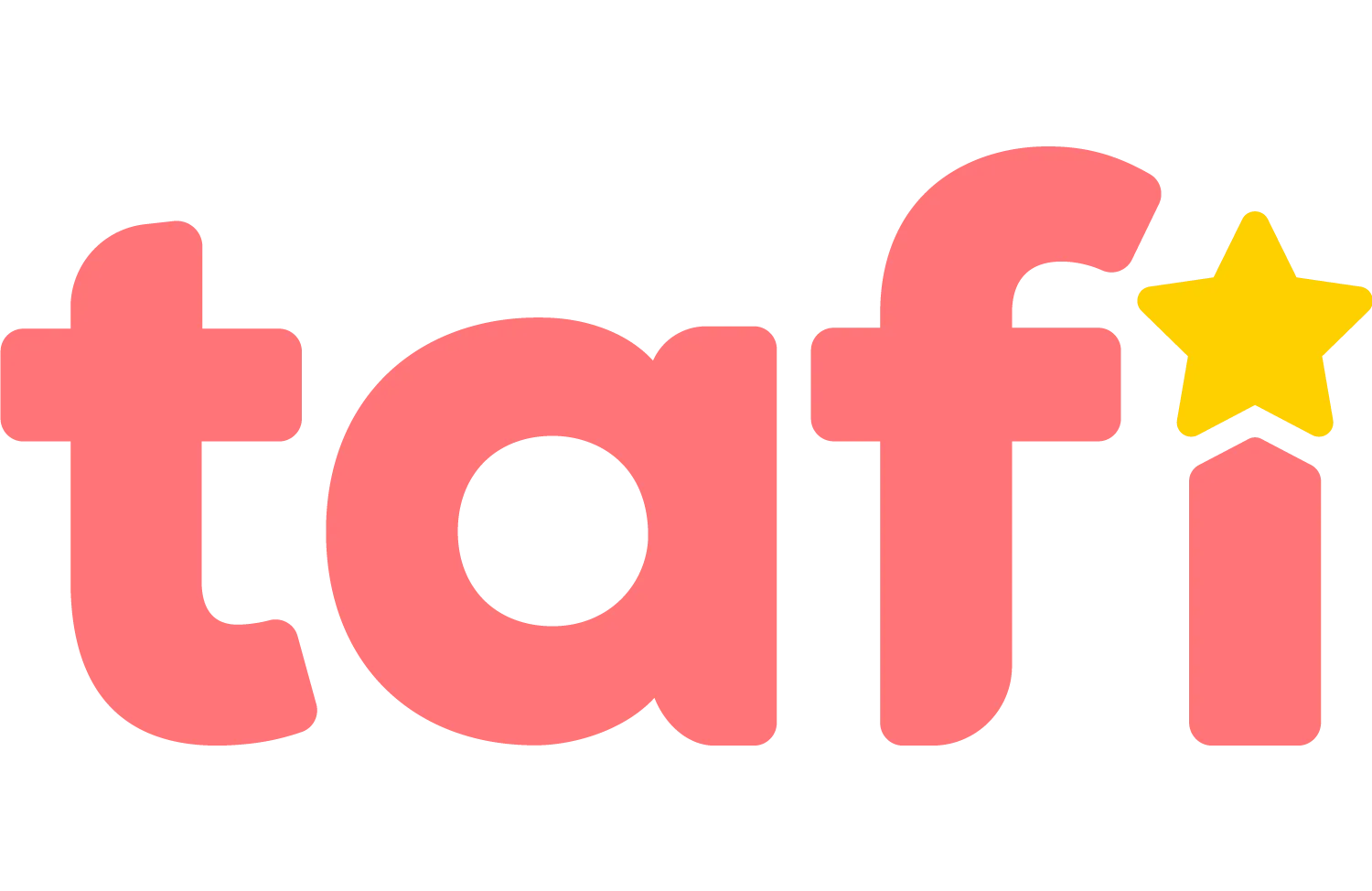Switch to Orkes: A modern alternative to BPMN tools
From legacy BPMN to modern workflows—without the rewrite
- Fast migration – Import your existing .bpmn or XML definitions, and Conductor instantly converts them into native workflows.
- Preserve your process logic – Tasks, gateways, and control flows map 1:1 to native Conductor constructs.
- Zero-downtime cutover – Run BPMN and Conductor in parallel, then switch over when you’re ready.

Used by 1,000’s of Organizations Globally


























Why switch to Orkes Conductor?
Orkes Conductor
Legacy BPMN Tools
Architectural approach
Designed for modern, cloud-native distributed environments offering:
- Optimized performance in microservices, serverless and event-driven architectures
- Seamless scaling for millions of workflow executions in the above enviornments
- Lower infrastructure complexity and costs
- Built for monolithic, on-prem architectures and lacks native support for distributed systems.
- Require additional middleware to adapt to cloud environments, increasing complexity and creating performance bottlenecks.
Development methodology
Developer-first approach
- Integrates smoothly with modern development
practices (CI/CD, GitOps) - Supports multiple programming languages,
enhancing flexibility - Reduces the learning curve for technical teams
already familiar with cloud technologies
Rely heavily on proprietary visual modeling language and may not integrate well with modern development workflows.
Scalability and performance
Designed for high-performance, high-volume scenarios:
- Elastic scaling based on demand
- Handles millions of concurrent workflows
effortlessly - Battle tested at Netflix scale
- Struggle with high-volume scenarios, often requiring costly infrastructure investments to scale.
- Scaling processes are manual, leading to performance issues during peak loads
Integration capabilities
In today's API-driven world, Orkes shines with:
- Native support for APIs and microservices
- Seamless integration with cloud services and
modern tools - Language-agnostic design, supporting true
polyglot environments
Integration capabilities can be less flexible and more complex to implement in a microservices architecture.
Customization
Orkes offers deep technical customization, allowing developers to implement complex logic and integrations through code, APIs, and plugins, without being limited by visual tools
Traditional BPM tools are often limited by their visual modeling paradigms or proprietary scripting languages, restricting customization
Development and deployment speed
With its modern architecture and developer-
friendly approach, Orkes enables:
- Rapid prototyping and deployment of workflows
- Easier collaboration between development and
operations teams - Quicker adaptation to changing business
requirements
The rigid structure and complex modeling requirements of many BPM tools slow development and deployment, as changes often involve multiple layers of modeling and testing, hindering agility.
Cost-effectiveness
- No proprietary experience needed to get started and maintain the platform
- Way lower TCO as compared to legacy BPMN tools
Proprietary experience needed with high up-front investment and high TCO
Developer Playground FAQs
How can I convert BPMN files into Orkes Conductor workflows?
Converting BPMN to Orkes is simple. Using the Orkes UI, you can import .bpmn XML files directly, either by uploading them, dragging and dropping, or pasting the raw XML. The system automatically translates BPMN diagrams into executable Orkes workflows that are version-controlled, editable, and ready to run in production.
Why should I migrate from legacy BPMN to modern workflow orchestration?
Moving from BPMN to Orkes brings transformative benefits: elastic scaling in the cloud, seamless DevOps and CI/CD integration, and simplified microservices orchestration. Orkes also supports agentic workflows that autonomously adapt to real-time events, improving agility and resilience. This shift lowers infrastructure costs, avoids vendor lock-in, and accelerates enterprise innovation.
Does Orkes support BPMN standards for workflow import?
Yes. Orkes Conductor supports BPMN 2.0 XML imports, ensuring organizations can transition existing BPMN-based processes without losing prior investments. Once imported, workflows can be extended with Orkes’ advanced orchestration capabilities, including dynamic routing, event triggers, and AI-driven decision-making.
How can I migrate from BPMN to Orkes Conductor without downtime?
Orkes supports zero-downtime migration by allowing enterprises to run legacy BPMN systems in parallel with Conductor during the transition. This incremental approach ensures business continuity while workflows are gradually modernized. Teams can test, validate, and optimize new agentic workflows in Conductor before fully switching over, minimizing risk and disruption.
Can Orkes modernize BPMN workflows for digital transformation initiatives?
Absolutely. Orkes enables organizations to import legacy BPMN workflows and enhance them with advanced orchestration features such as event-driven triggers, intelligent task routing, and autonomous agentic execution. This modernization process future-proofs legacy processes, reduces technical debt, and accelerates digital transformation by making workflows adaptable, scalable, and enterprise-grade.































